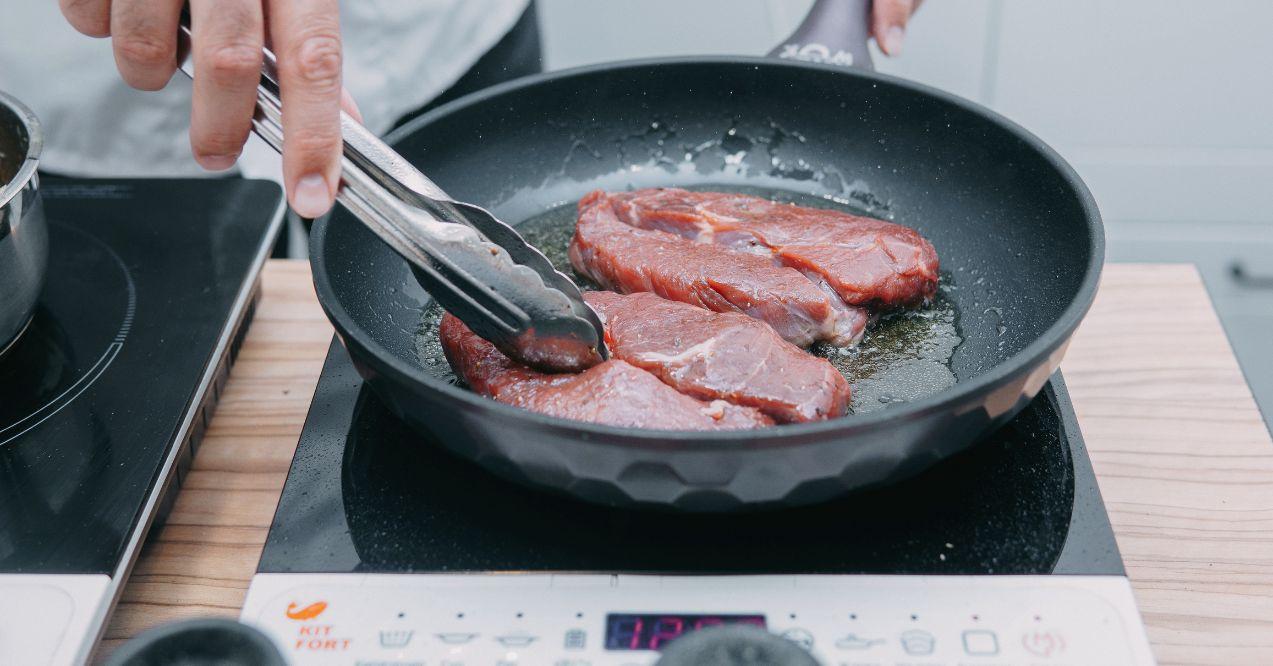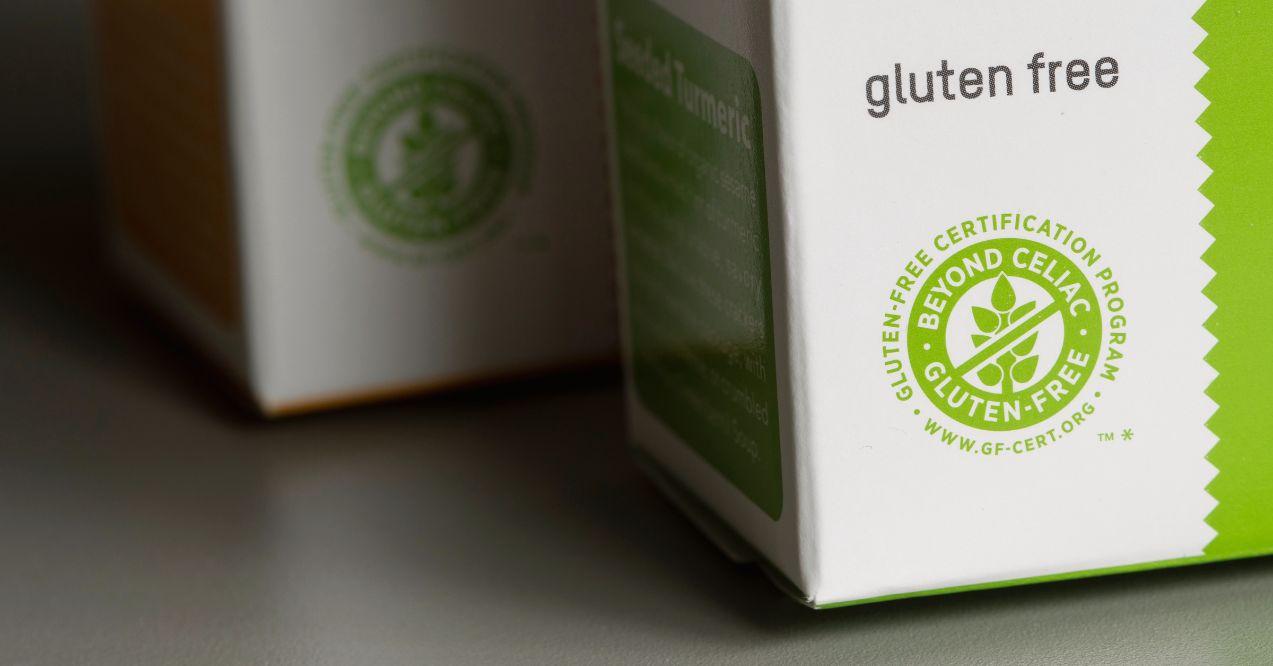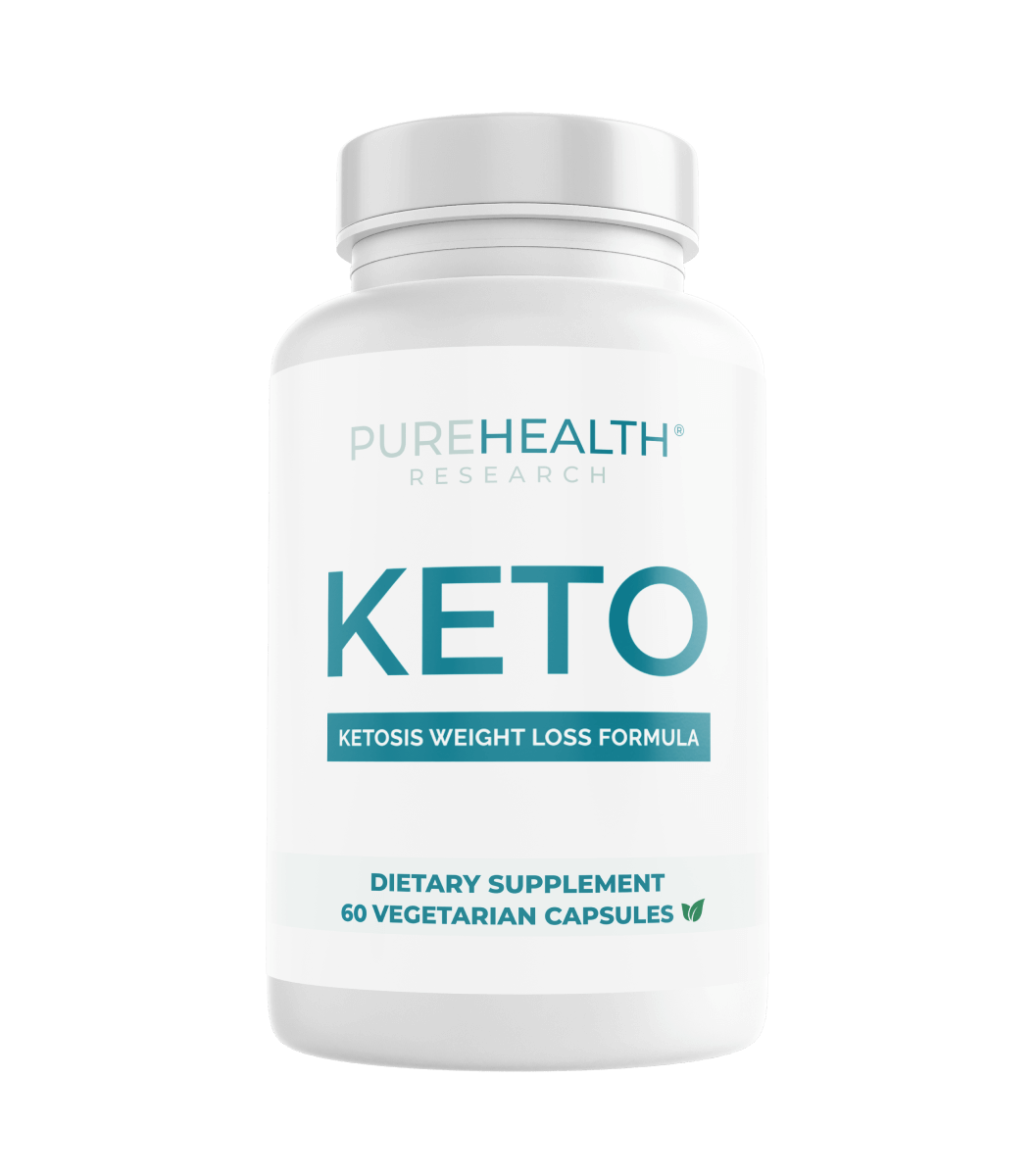Is Gluten-Free Pizza Keto-Friendly?
Is gluten-free pizza keto-friendly? Discover the truth about gluten-free pizza, its compatibility with the keto diet, and homemade ketogenic recipes.


Is gluten-free pizza keto-friendly? Are you mistakenly getting carbs from your gluten-free meals? Did you know that not all gluten-free substitutes are keto-friendly? How do you tell if what you’re eating is keto-friendly? What does gluten-free mean? What fits into a keto diet?
Exploring the gluten-free and keto lifestyle means decoding food labels, understanding hidden carbs, and identifying alternative ingredients. Gluten-free means no wheat protein, while keto involves a careful balance of fats, proteins, and a few carbs.
In this article, we’ll demystify the keto diet and explore its pros and cons, all while navigating the ins and outs of a gluten-free lifestyle. We will not only focus on the food on your plate but also explain the science behind it. Ready for a journey that’s as informative as it is fun? Let’s dive in!
What Is the Keto Diet?
The keto diet is incredibly popular in the fitness world. Keto is known for its health benefits and effectiveness in weight loss. Initially developed in the 1920s as a treatment for epilepsy, keto has now become a lifestyle choice for many. The main principle of this diet is to reduce carbohydrate intake. When you consume fewer carbohydrates, your body goes into ketosis. Ketosis is a metabolic state where the body switches from using glucose as its primary energy source to burning the fat stored in the body.
While the main focus is on limiting carbs, the keto diet also promotes consuming moderate amounts of protein and high-fat foods. This unique balance encourages the body to use stored fat for energy, resulting in weight loss. In addition to weight management, those who follow the keto diet often report improved mental clarity and sustained energy levels.
When moving to a keto lifestyle, foods low in carbohydrates yet rich in healthy fats and moderate in proteins are the focus. Foods like avocados, olive oil, and fish help maintain the balance required for ketosis.

What Is a Gluten-Free Diet?
Gluten-free is pretty self-explanatory. A gluten-free diet refers to dishes and foods that do not have gluten. Gluten is a protein found in wheat, barley, and rye.
Two groups of people go for the gluten-free diet. The first group is people with gluten sensitivity. Gluten can cause serious health issues for these individuals. The second group is those who see a gluten-free diet as a way to reduce inflammation and promote digestive health. Most people with gluten sensitivity opt for its dietary choice.
Gluten-free diets commonly feature naturally gluten-free foods such as fruits, vegetables, lean proteins, and gluten-free grains like quinoa and rice. Here is a list of gluten-free foods healthy for people in either of these categories:

Is Gluten-Free Pizza Keto-Friendly? Debunking The Myths
Now, let’s address the burning question: is gluten-free pizza keto-friendly? Contrary to popular belief, not all gluten-free pizzas align with keto principles. To decipher this puzzle, we delve into scientific research and metrics.
The Grains and Legumes Nutrition Council of Australia shares a list of gluten-free flour options and the variance in carbohydrate content. The key lies in the choice of ingredients and the composition of the crust. Almond flour and cauliflower crusts, for instance, are lower in carbs compared to traditional gluten-free flours. Pizza doughs made from almond flour and cauliflower are, therefore, keto-friendly.
Keto-friendly gluten-free pizza options can be a reality with careful selection. Look for crusts made with almond or coconut flour, which not only reduce carb content but also provide healthy fats.
Additionally, you should be cautious of hidden sugars in gluten-free pizza toppings and sauces. These ingredients might be gluten-free, but they can contribute to carb intake. Another myth to dispel is that all keto-friendly crusts are gluten-free. While almond and coconut flour crusts align with both diets, some keto recipes may still include gluten-containing ingredients.
Is gluten-free pizza crust keto-friendly? As discussed, not necessarily. Navigating the world of gluten-free and keto diets requires a discerning eye. In the next section, we’ll guide you on crafting your keto-friendly pizza at home, ensuring a delicious and nutritious experience.
How to Make Keto-Friendly Pizza at Home
We’ve gone through what a keto diet is, its benefits to your body, and what food types fall under keto-friendly meals. We’ve also debunked myths related to gluten-free flours and pizzas, making it clear that not all gluten-free items are keto-friendly. Now that you know what to look out for when getting gluten-free flour, how about we make one at home? Here’s an easy guide.
Keto-Friendly Pizza Ingredients:
As mentioned, there are several gluten-free, keto-friendly flour options to choose from. If you’re still wondering, is gluten-free pizza keto-friendly? The answer depends on the ingredients used in the crust. Your choice of flour should be based on your budget, taste preference, and nutritional value. Here’s a list of possible flours to consider:
- Almond Flour – Rich in healthy fats and low in carbs, almond flour serves as an excellent base for a keto-friendly pizza crust. Its nutty flavor adds a delightful dimension to your homemade pizza.
- Cauliflower – Transforming cauliflower into a pizza crust is a creative and low-carb alternative. When prepared correctly, cauliflower crusts can mimic the texture of traditional pizza crusts while keeping your carb intake in check.
- Coconut Flour – Another keto-friendly alternative, coconut flour contributes a subtle tropical flavor to your pizza. It’s not only low in carbs but also high in fiber, promoting a feeling of fullness.
Apart from the flour, the other ingredients picked should also be keto-friendly, that is, low in sugar and carb content. An important part of the pizza is often the crust. Since alternative flours might not rise as well as wheat, one can use alternative crusts, such as cauliflower, to mimic a traditional pizza crust. Other ingredients you can consider for this pizza are:
- Eggs – Essential for binding the ingredients together, eggs contribute protein and healthy fats to your pizza dough.
- Olive Oil – An excellent source of healthy monounsaturated fats, olive oil not only adds a rich flavor to your pizza but also complements the keto principles. It’s a low-carb option that enhances the overall nutritional profile of your pizza.
- Cheese – Opt for high-quality, full-fat cheeses like mozzarella, cheddar, or goat cheese. Cheese provides a delicious topping and contributes essential fats and proteins to your keto-friendly pizza.
- Tomato Sauce (in moderation) – Select a sugar-free or low-sugar tomato sauce to add that classic pizza flavor without compromising your keto goals. Be mindful of the portion size to manage carb content.
- Herbs and Spices – Infuse your pizza with flavor using keto-friendly herbs and spices such as garlic powder, oregano, basil, and crushed red pepper. These add depth to your pizza without adding unnecessary carbs.
- Vegetables – Load up your pizza with low-carb, non-starchy vegetables like bell peppers, spinach, mushrooms, and cherry tomatoes. These contribute to the nutritional value and enhance the visual appeal of your pizza.
- Meats – Incorporate keto-friendly protein sources like grilled chicken, pepperoni, or bacon as pizza toppings. These add savory flavors and boost the protein content of your meal.
- Avocado – Sliced or mashed avocado can be a creamy and nutrient-dense addition to your pizza, offering healthy fats and a unique taste.
Keto-Friendly Pizza Instructions:
Now, the hard part is over. You’ve got your ingredients and can now start making your pizza. Follow these instructions, and don’t forget to have fun!
Step 1 – Prepare the Dough: In a mixing bowl, combine two and a quarter cups of your chosen flour, one cup of finely grated cauliflower (strained to remove excess moisture), and three eggs. Mix until a dough forms. Adjust the consistency by adding more or less flour as needed.
Step 2 – Enhance the Flavor: Add a teaspoon of garlic powder, a teaspoon of dried oregano, and a pinch of salt to the dough for extra flavor. Mix well to incorporate the herbs and spices. You can alternate this with the spices you have available.
Step 3 – Bind With Healthy Fats: Incorporate two tablespoons of olive oil into the dough. This not only enhances the richness of your crust but also provides additional healthy fats aligned with keto principles.
Step 4 – Roll and Bake: Place the dough on a parchment paper-lined baking sheet and flatten it into your desired pizza shape with a rolling pin. Bake in a preheated oven at 375°F (190°C) for 15-20 minutes or until the edges are golden brown.
Step 5 – Top With Keto-Friendly Ingredients: Spread a thin layer of keto friendly tomato sauce or olive oil on the crust. Add shredded mozzarella cheese, sliced cherry tomatoes, spinach leaves, and cooked bacon as toppings. Consider incorporating high-quality, full-fat cheeses, keto-friendly herbs and spices, low-carb vegetables like bell peppers and mushrooms, and protein sources such as grilled chicken or pepperoni.
Step 6 – Final Bake: Return the pizza to the oven and bake for an additional 10-15 minutes or until the cheese is melted and bubbly. For a finishing touch, add sliced avocado or other fresh ingredients after baking.
Feel free to experiment with different combinations of keto-friendly ingredients to suit your taste preferences.
Try Out the PureHealth Research Keto Formula
One such product worth considering is the Keto Formula by PureHealth Research. People love the product for the following reasons:
- Crafted to assist your body in achieving and maintaining ketosis. By providing essential nutrients, it complements your dietary choices, helping you stay on track with your keto goals.
- Includes ingredients designed to provide a sustained energy boost, supporting you through the demands of your day.
- Ingredients chosen for cognitive support. Many users report improved mental clarity and focus, contributing to an overall sense of well-being.
- Aids in the process of weight management by helping you feel full and satisfied while supporting the body’s natural fat-burning mechanisms. It works in harmony with your keto diet and exercise routine.
Conclusion
So, is gluten-free pizza keto-friendly? Not always. While a gluten-free crust may seem like a good option, it’s essential to check ingredients and carb content to ensure it aligns with keto principles.
Making a keto-friendly pizza at home can be a fun culinary adventure. Using almond or coconut flour keeps carbs low while adding healthy fats.
The PureHealth Research Keto Formula may support your journey by helping your body move toward ketosis and sustaining energy levels. Ultimately, it’s about balance – choosing nutrient-dense foods, enjoying the process, and considering supplements as a helpful addition to your routine.
The carb content in a gluten-free pizza can vary. It depends on the choice of ingredients and crust.
Yes, cauliflower pizza is keto-friendly. Cauliflower pizza is full of nutrients and low in carbs and offers a creative twist to satisfy your cravings while staying true to keto principles.
Not necessarily. Being gluten-free doesn’t automatically mean being low-carb. Gluten-free pizzas can still contain carb-heavy ingredients, affecting their overall carb content.
Sign up for our Healthy Living newsletter!
Advertisement. This site offers health, wellness, fitness and nutritional information and is designed for educational purposes only. You should not rely on this information as a substitute for, nor does it replace, professional medical advice, diagnosis, or treatment. If you have any concerns or questions about your health, you should always consult with a physician or other health-care professional. Do not disregard, avoid or delay obtaining medical or health related advice from your health-care professional because of something you may have read on this site. The use of any information provided on this site is solely at your own risk.











